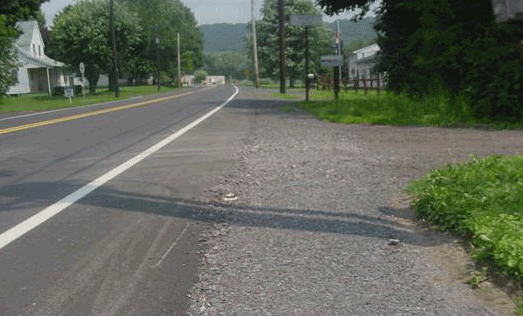Investigation of In-Situ Strength of Various Construction/Widening Methods Utilized on Local Roads

Start Date: August 11, 2014
End Date: February 11, 2016
Project Completed
Researcher: Dr. Shad Sargand, Ohio University
To download a copy of the Final Report, click here.
To download a copy of the Executive Summary, click here.
A common practice among local public agencies in Ohio is to reuse materials (e.g.: asphalt, concrete, Portland cement concrete, etc.) from projects to widening existing roads or backfill at other locations. A variety of other methods may also be utilized in conjunction with the repurposed materials (e.g.: fly ash, lime, fabric, etc.). The utilization of these techniques may be driven, in part, by budgetary constraints or material availability. While it is easy for local transportation officials to compare these methods based on costs, there is a lack of information available to compare the overall effectiveness of these methods in terms of projected strength or relative load capacity. In order to provide local governments with the tools necessary to assist in system preservation decisions, research into the performance of these methods is needed.
The goal of this research is to establish a range of structural coefficients (or moduli) for various materials utilized to widen/construct roads on Ohio's local system. The objective is to provide locals with a repeatable, non-destructive methodology to characterize the strength/load capacity of materials used in road widening/construction when established values are unavailable. The results of this research will provide local officials with enhanced knowledge and understanding of the potential structural integrity of materials being considered for use in roadway maintenance, improvement and construction projects. This will lead to more efficient design and greater confidence in the load carrying capacity of rural roads. It will provide a scientific basis for material selection to complement the readily available cost data, which will aid locals in managing budgets and ensuring the fiscal integrity of local pavement preservation programs.